Who: The sketch shows John Pennefather-Evans [1], Commissioner of the Hong Kong Police Force in 1941 when the Japanese invaded Hong Kong.
What: Look carefully at the paper it is drawn on:
Brown wrapping paper - an odd choice for a drawing of a senior government official!
Where & When: Here's the artist's signature:
A. Savitsky, Stanley 1942.
That explains the paper. This was drawn in Stanley Internment Camp [2] in 1942, during the Japanese occupation of Hong Kong. They had to make do with whatever materials were available.
Pennefather-Evans' scrapbook
I'd been looking for pictures of Pennefather-Evans as part of the Central Police Station project [3]. Then on February 2nd, this comment appeared [4]:
I may be able to help you with your research.
John Pennefather-Evans was my husband's grandfather. We have his journal/scrapbook of his time in HongKong.
Regards,
Mrs. Jennifer Pennefather-Evans
Exciting news, and perfect timing as I was flying to London two weeks later. I wrote to ask if it would be possible to meet.
Jenny and her husband Patrick kindly invited me to visit them at their home, and a few weeks later I was able to meet them, learn more about thier grandfather, and take a closer look at the scrapbook.
It includes several more sketches by Savitsky, three more of Pennefather-Evans:
And one of the men in Mess 25, which included Pennefather-Evans (top-right):
George Wright-Nooth, another policeman, describes the formation of his own Mess [5], which was probably similar to Mess 25 shown above:
It was at the ((Gloucester)) Hotel that our informal "mess" evolved. With only a few changes it was to last us over three and a half years. Looking back it was probably this banding together of a small group of young officers of similar interests and background that kept us alive.
((...))
To begin with it was an unconscious decision to stick together which, after we were imprisoned at Stanley, developed into a lasting arrangement with agreed "rules". It became our guiding principle that everything we had except for sentimental possessions was shared. This was primarily to mean food, but also other things such as money, cigarettes, International Red Cross (IRC) parcels, soap and books. We also shared out any priveliges, or proceeds from black-market sales, chores, cooking or camp duties. We ate as a mess, the same food, the same amount of food, and at the same time. We became practical communists and in our case it worked.
A. Savitsky
So who was the artist, A. Savitsky?
Another grandson to the rescue!
Michael Martin had also responded to the request for information about the Central Police Station, sending us this photo of the Police Reservists, taken at the CPS site around 1940:
The gentleman marked "2L" is Michael's grandfather, Arseny Joseph "Joe" Savitsky [6]:
Michael explained that Joe also spent the Japanese occupation interned in Stanley Camp, and describes how the portraits came about:
Pretty soon after he arrived, the Japanese Camp Commandant found out Joe was an artist and asked to have his portrait painted and grandfather agreed. However he had none of the necessary art supplies so that Japanese organised to get art supplies from his mother-in-law who was still living in Kowloon (as she was Russian, not British). It really was thanks to her that many of the portraits and drawings were done in Stanley (and also that invaluable documentation also survived the war - a remarkable effort for a caucasian woman in her 50s to survive in Kowloon for 3.5 years!).
Here are two more wartime drawings by Savitsky. They show Ron Brooks [7] in 1942, and were uploaded to Gwulo by his family:
But there should be many more - Michael estimates his grandfather made around 200 paintings and sketches during his internment, and as Pennefather-Evans' scrapbook shows, they were kept as treasured mementoes. Michael and his father are keen to see as many as possible, so if you know of any more, please let us know.
Regards, David
|
Elsewhere on Gwulo.com this week:
|
References:
- John Pennefather-Evans: http://gwulo.com/node/12496
- Stanley Civilian Internment Camp: http://gwulo.com/Stanley-Civilian-Internment-Camp
- Searching for photos of the Central Police Station: http://gwulo.com/node/14719
- Jenny Pennefather-Evans contacts us: http://gwulo.com/node/12496#comment-27272
- Wright-Nooth describes the "Mess" arrangements on page 77 of his book,Prisoner of the Turnip Heads.
- Arseny Joseph "Joe" Savitsky: http://gwulo.com/node/12001
- Ron Brooks: http://gwulo.com/node/10424
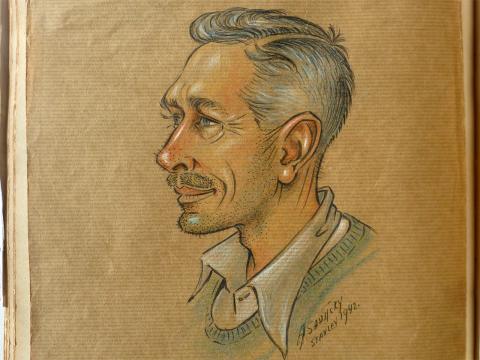
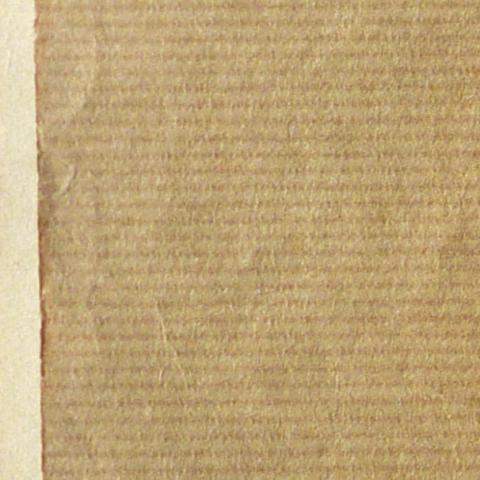
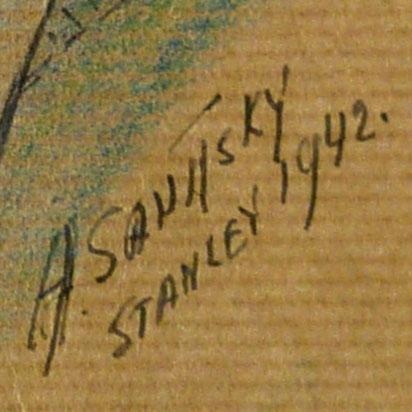
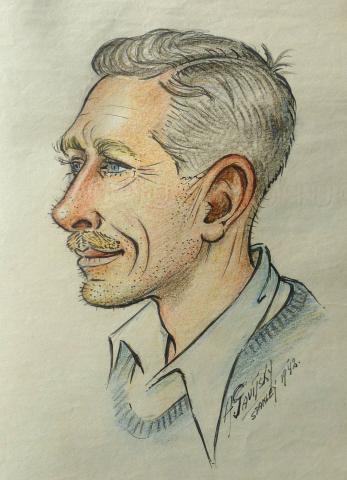
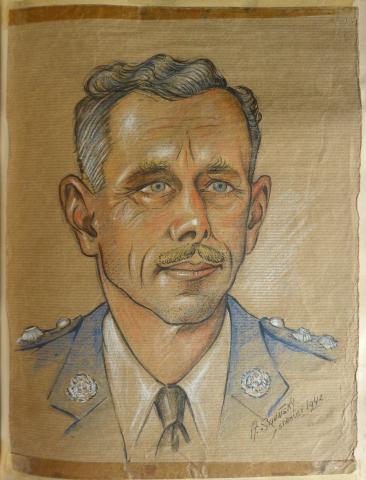
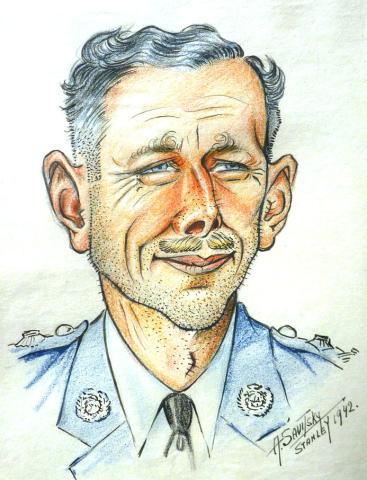

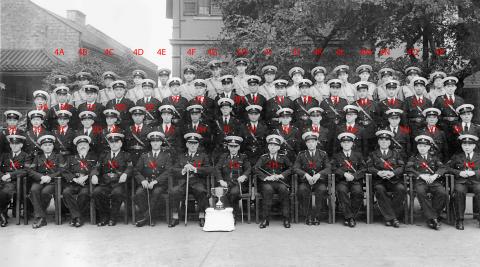
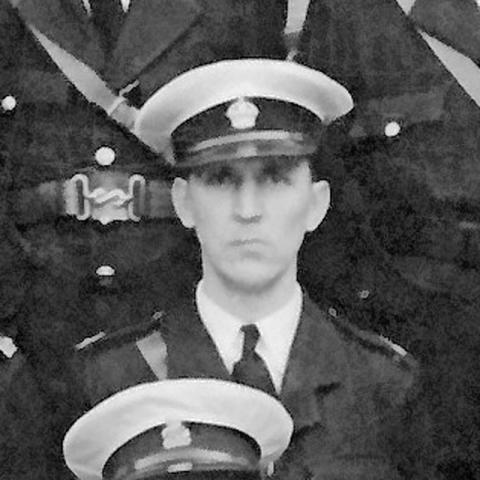

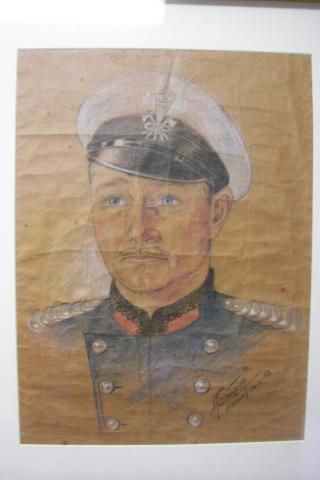
Comments
I've found a photo of JP
I've found a photo of JP Pennefather-Evans which is the one the press used for the newspaper clipping I posted a while back, i'll post it here.